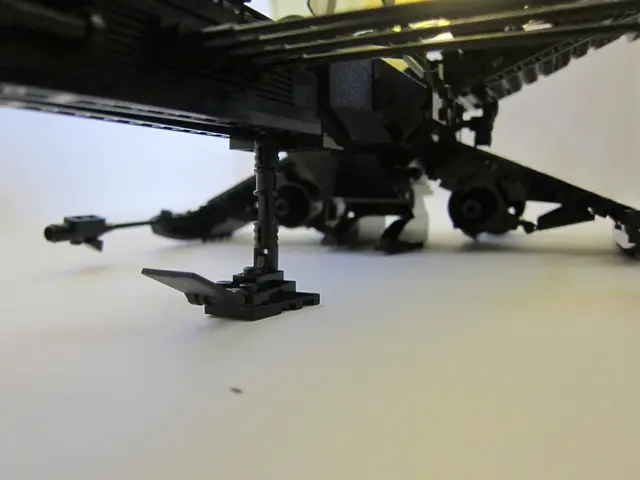Tech Giants Race to Develop Humanoid Robots for Productivity Boost
Tech companies worldwide are racing to develop humanoid robots, with a focus on enhancing productivity and efficiency. The United States, China, and other nations are investing heavily in this next big thing in robotics, aiming to showcase their technological prowess and global competitiveness.
In the United States, companies like Tesla, Boston Dynamics, and Figure AI are leading the charge. Tesla focuses on integrated production, while Boston Dynamics excels in dynamic movement. Figure AI, with backing from OpenAI and Microsoft, recently raised over $1 billion. Meanwhile, China is prioritizing humanoids in its national strategy, aiming to establish a scalable supply chain for key components. Japanese companies, pioneers in humanoid development, focus on creating social robots that can coexist harmoniously with humans. Europe, while less prominent, contributes through companies like PAL Robotics and Honda.
Humanoids' human-like dexterity and adaptability make them well-suited to automate complex tasks that current robots struggle with. The International Federation of Robotics has released a new positioning paper, providing valuable insights into their trends, opportunities, and potential limitations. Europe emphasizes ethical implications and a cautious approach to using humanoids for automation in the short to medium term.
Humanoids are not expected to replace existing robots but rather complement and expand upon them. With major investments from the US, China, Japan, and Europe, the future of humanoid robotics looks promising, poised to revolutionize logistics, manufacturing, and service sectors.








